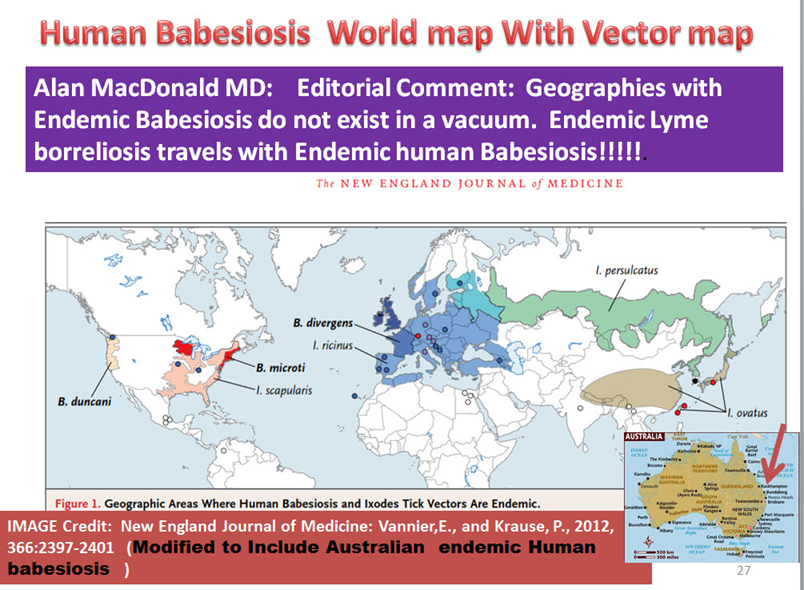Tick-borne Diseases
As infections with Borrelia are often accompanied by coinfections, they should also be taken into consideration. Coinfections complicate the diagnosis and treatment because they often evoke a more complex symptomatology. The co-pathogens can cause very specific, but also unspecific and “overlapping” symptoms.
In order to better detect these pathogens, Dr. Armin Schwarzbach has developed a coinfections checklist. The analysis of the checklist enables a better targeted selection of necessary laboratory tests for coinfections. This preselection prevents expensive panel testing for our patients.
Our team will gladly help you with the optimal selection of our tests depending on your individual symptoms. Here you can find our automated coinfections checklist and lyme checklist.

Lyme Borreliosis
Lyme disease was first named in the village Lyme, Connecticut, USA in 1975. The…

Ehrlichia & Anaplasma
Human Ehrlichiosis is an emerging tick-borne infection that became reportable…

Bartonella
Bartonella species are vector-transmitted, blood-borne, intracellular,…

Babesia
Babesiosis is caused by an intraerythrocytic parasite, Babesia microti, and is…

Chlamydia pneumoniae
Chlamydophila pneumoniae is a species of Chlamydophila, an obligate in…

Chlamydia trachomatis
Chlamydia trachomatis is an obligate intracellular bacterium, gram negative.…

Mycoplasma
The bacteria Mycoplasmas of the class Mollicutes, were once thought to be…

Yersinia
Yersinia is a genus of bacteria in the family Yersiniaceae. Its species are…

Rickettsia
The rickettsiae (Rickettsia) form a kind of bacteria of the family…

Yeast and Mould
Yersinia is a genus of bacteria in the family Yersiniaceae. Its species are…
